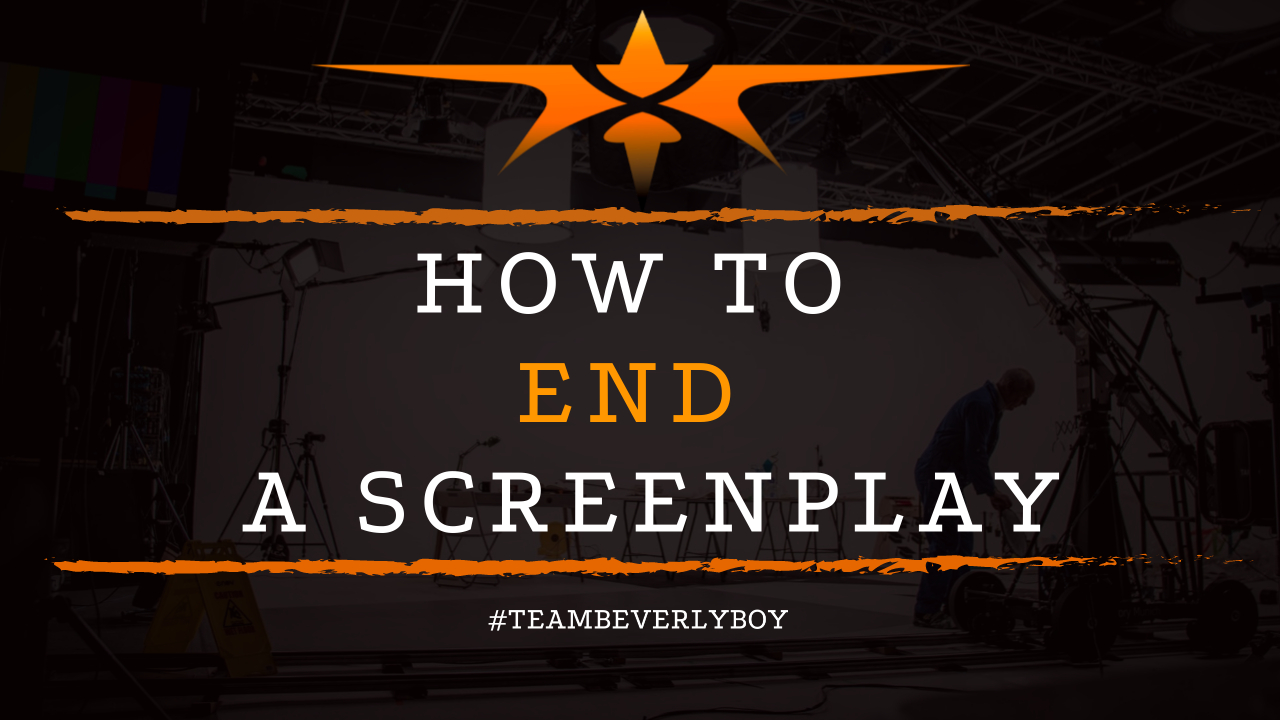
How to End a Screenplay
The best part of your screenplay is…the end! It’s what your audience will remember most of all if you do it wrong, but if you get it right, it will leave everyone with a feeling of satisfaction. But learning how to end a screenplay is certainly a mix of making great decisions and powerful writing. Whether you’re writing the end of a single pilot episode, or a feature film, how you finish your story will make a world of difference in how your audience feels about the entire screenplay – not just the end.

Some believe that the end of your screenplay is actually more important the the other nearly 100 pages, and for good cause – what happens in the end has the power to conclude your story, deliver a powerful punch, and make a major impact on your audience.
But, knowing how to end a screenplay is definitely something the average screenwriter will struggle with at best.
Not only is formatting important, but in addition to the technical aspects of ending your screenplay, there’s also a lot of strategy involved.
Formatting the End of a Screenplay
First, let’s take a look at how to end a screenplay from a formatting perspective. You’re going to need to remember two very important words here – THE END. Yes, it’s that simple! Ending a screenplay is as simple as including these two words after your final scene.
Technically, THE END means that your screenplay or script has concluded, but is it really that simple to end the actual storyline and plot that was involved in the production of a screenplay? Probably not!
Just keep in mind that you can write the end of your screenplay as a single word, such as FIN, if that’s more suitable to you. In this instance, FIN is French, for the end.
In order to creatively end your script you might even include one of the following transitions to end the screenplay:
- Fade to black
- Dissolve to white
- Superimpose
- Fade to white
- Dissolve to black
- End
- The End
- FIN
How to End a Screenplay Narrative
Now that you know how to end a screenplay from a formatting position, let’s take a look at how you can end your screenplay from a narrative standpoint. Depending on your story, there are a number of potential ways that you could end it.
Consider any of the following strategies for ending your storyline effectively:
- Use the three-act structure such that there is a resolution planned for the end of the story.
- Leave your story open for a sequel by providing a little additional insight after you type “fade out.” Bring back a character to offer some tiny insight that will tell your audience the story may be over, but it’s not “fully” over.
- Provide a decisive ending, so that your audience understands the outcome and it’s clear and concise.
- Give a glimpse into characters so that the audience will find empathy in them.
- End with an answer to a question that you asked early on. OR, end by asking a question so that your audience leaves pondering.
As you can see, learning how to end a screenplay can be achieved in a variety of different ways. Knowing how you want to end your story is just as important as how you started the story, but the formatting is also incredibly important. Take your time and make sure you get it just right!


